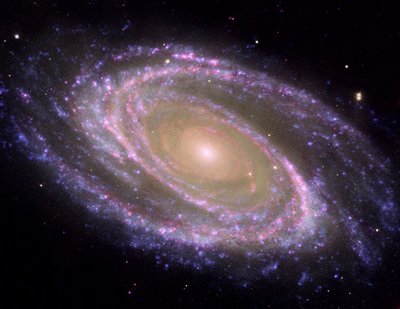 A star that can be viewed from specific latitude on Earth that is visible for an entire night and for every night of the year is called a circumpolar star. It is also continuously in the sky throughout the day; however, it is not that visible because of the glare of the sun. This is because they are near to one of the celestial poles.
A star that can be viewed from specific latitude on Earth that is visible for an entire night and for every night of the year is called a circumpolar star. It is also continuously in the sky throughout the day; however, it is not that visible because of the glare of the sun. This is because they are near to one of the celestial poles.
The Earth rotates daily on its axis and the stars appear to rotate in paths that are circular around the north celestial or the south celestial pole. Stars that are too far from the celestial pole looks like they are rotating in large circles. Some stars, depending on an observer’s latitude on Earth are circumpolar because of their proximity to either of the two celestial poles. Because of this, they continuously remain above the horizon.
The north celestial pole is near the Polaris or North Star. In the northern hemisphere, stars that are circumpolar rotate around Polaris, which appears to be stationary. Polaris is also considered a circumpolar star since it is visible in the sky all throughout the year. The same thing happens with the southern hemisphere. The north celestial pole moves toward the northern direction when you travel to the south. This makes the south celestial pole and its circumpolar stars become more visible.
Time Lapse View of Circumpolar Stars from Australia
